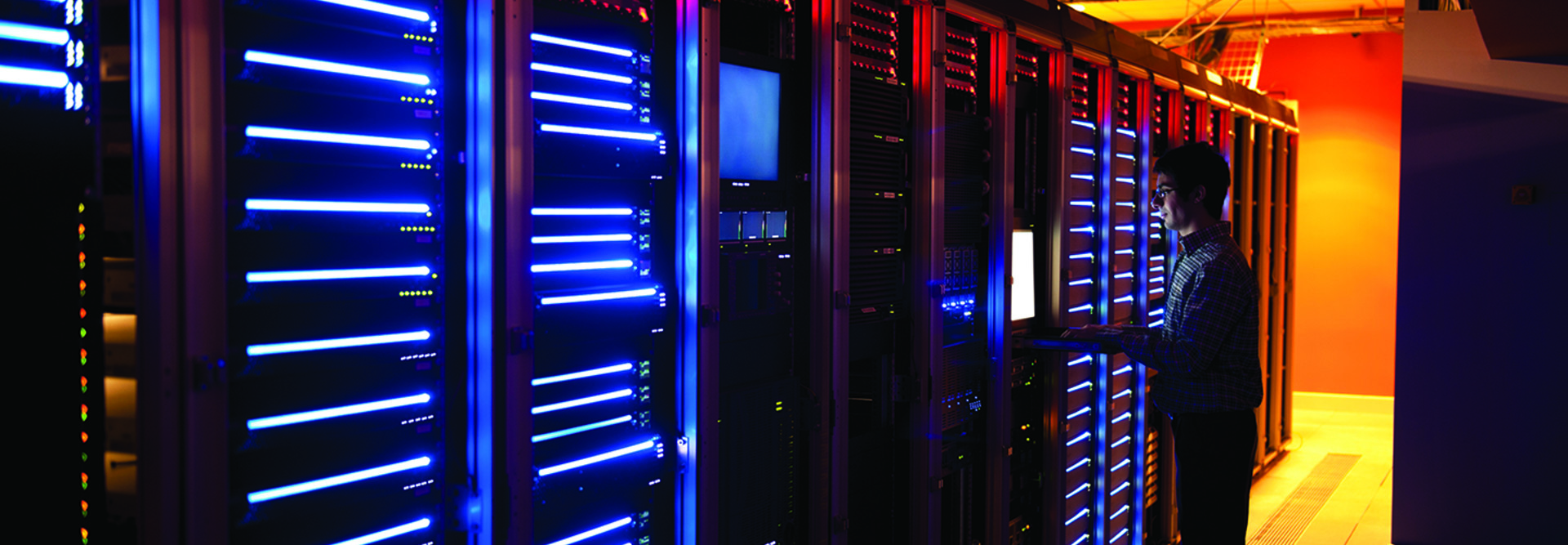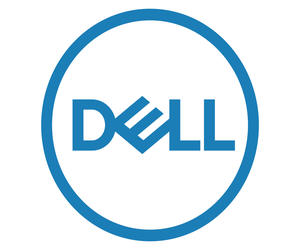Digital transformation drives business success. Deploying new technology, however, is only part of the equation. As Harvard Business Review recently noted, for transformation efforts to be successful, companies need solutions that create “friction-free, human experiences, where the technology itself disappears into the background.”
This is the role of the Dell PowerEdge lineup. From rack and tower servers to ruggedized options and modular infrastructure, Dell PowerEdge has a use case for every business, making it possible for companies to find their best-fit solution across the edge, the cloud and the data center. Even more important, PowerEdge provides unparalleled reliability to ensure that infrastructure always works as intended — anytime, anywhere.
Breaking Down the Business Need for Servers
It’s vital that an organization’s server architecture be optimized for its specific workload requirements — whatever those requirements happen to be. Businesses need to maximize their efficiency while delivering workload performance excellence, and having the right computing architecture in place is how they get there, explains David Schmidt, senior director of server product management at Dell.
DISCOVER: Learn more about storage solutions from Dell.
For some enterprises, high-density storage provides the ideal computing framework. For others, GPU-optimized solutions are best suited to handle high-performance computing needs. Those looking to set the stage for the next phase of digital transformation, meanwhile, may be best served by modular server options that include easily expandable computing, networking and storage.
PowerEdge allows companies to focus on the features that are most important to their business operations. “Provide the right features for what the workload needs,” says Schmidt. “Dell’s PowerEdge line allows customers to optimize their operations with servers that work for them.”
Three Value Pillars for Dell PowerEdge
According to Schmidt, the PowerEdge portfolio offers a robust set of computing platforms for workloads and environments. Three pillars make this possible:
- The right servers for the right workloads. PowerEdge offers a range of customizable options that allow companies to find the right infrastructure for their workloads, no matter where workloads reside. For example, PowerEdge socket rack servers deliver high core density designed to support traditional apps, virtualization efforts and cloud-native workloads.
- Autonomous computing infrastructure. This allows companies to do more faster by making it possible to quickly derive insights about current operations and potential efficiency gains. “Using the intelligent automation we build in makes it possible for companies to maximize the efficiency of their IT operations,” says Schmidt.
- Proactive operational resilience. From cryptographically verified and trusted server booting to signed firmware updates, comprehensive log monitoring, drift detection, and the iDRAC9 Cipher Suite, PowerEdge servers are designed to deliver maximum protection in any operating environment.
Getting the Edge in Computing
“If you look at where we are today,” says Schmidt, “we’ve seen a huge growth in artificial intelligence and the desire to deliver an outcome as quickly as possible to the end user. That is ultimately what is referred to as the edge. We are designing and delivering platforms to deliver those outcomes with GPU-optimized systems that deliver AI and machine learning capabilities both inside the data center and locally, at the edge.”
As Schmidt points out, however, Dell has been delivering on edge computing potential long before it was called “the edge,” with a variety of tower, rack and ruggedized servers that fit several different deployment environments. “In addition to compelling architectures for edge use cases, with the ability to get massive amounts of data out of connected platforms, PowerEdge empowers companies to automate key tasks regardless of where they live in infrastructure.”
The Dell PowerEdge line also offers ruggedized server options capable of operating in extreme environments, such as those with extended temperature ranges, to help companies keep pace with evolving edge requirements.
Schmidt puts it simply: “Whatever outcome you need to enable, PowerEdge is the line of servers that can help you do it.”
Brought to you by:













